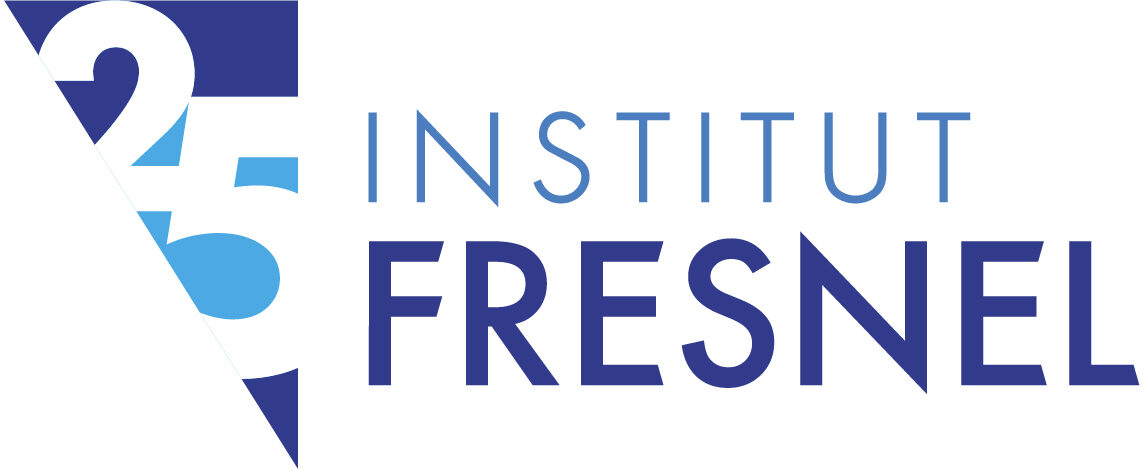Isam Ben Soltane will defend his PhD thesis entitled “Analytical description of linear physical response functions with the Singularity Expansion Method”, on November 19, 2024, at 13h30 in Ponte Amphiteater, Campus St Jérôme à Marseille.
Jury members :
– Patrick BOUCHON – Director of research, ONERA, France
– Matthieu DAVY – Assistant professor, Université de Rennes, France
– Nathalie DESTOUCHES – Professor, Université de Saint-Etienne, France
– Anne-Laure FEHREMBACH – Assistant Professor, Aix-Marseille Université, France
– Patrice GENEVET – Full Professor, Colorado School of Mines, Etats-Unis
– Miguel ALONSO – Professor, Centrale Méditerranée, France
– Nicolas BONOD – Director of research, CNRS, Institut Fresnel, France
– Redha ABDEDDAIM – Assistant Professor, Aix-Marseille Université, France
Abstract : The temporal dynamics of linear physical systems are described by response or transfer functions in the harmonic domain. The characterization of these functions of the frequency is highly important, as it allows us to better understand the interaction of excitation signals with
systems, to produce various effects such as resonances, or to design systems with well-defined and controlled responses. The singularity expansion method starts with physical observations, namely the response of spherical resonators to sinusoidal electric fields, to analytically describe response functions in the harmonic domain. It is the starting point of this PhD manuscript, which attempts to derive, generalize and apply the singularity expansion method.
Starting from (quasi) non-restrictive fundamental properties of systems and response or transfer functions, an exact expression is obtained with the multiple-order singularity expansion. That natural description of these meromorphic functions relies on their discrete set of complex frequencies called singularities, as well as a non-resonant term accounting for the high-frequency behaviour. An alternative form, the singularity and zero factorization, is also introduced, along with the dynamics in the temporal domain by applying the inverse Laplace transform on the resulting expressions.
The discrete set of singularities can often be infinite. It is thus necessary to show that the truncated expressions are accurate in practice, and that they converge as poles are added. This task is performed in a study case for which analytical expressions are known for comparison: the Fabry-Perot cavity. We first look at a constant refractive index slab, then at the case of an absorbing and dispersive, thin layer of gold.
Once the accuracy of the method is tested and demonstrated, we use it in the case of the relative permittivity of different materials. It appears as a transfer function in the constitutive relations of the Maxwell equation, and thus possesses a singularity expansion. We show that this expansion, which results from the macroscopic behaviour of physical systems, encapsulates and generalizes the classical microscopic models of Debye, Drude and Lorentz, used to study the dielectric permittivity.
Thereafter, in the following chapter, we investigate the description of resonances by exploiting the singularity expansion and the singularity and zero factorization. By noticing that the resonant terms associated with the poles are Möbius transformations mapping the real frequency axis to circles in the complex plane, we describe resonances as perturbations induced by the presence of the poles and zeros. The contribution of the latter is quantified by a quality function that we introduce and characterize, for any form of spectral response, at any frequency. This quality function is derived from the phase of the signals and extends the classical notion of quality factor.
Finally, we present two methods to retrieve the complex poles, residues (the Laurent coefficients of simple poles, usually encountered in systems) and zeros in the harmonic domain, using experimental or simulated data acquired at real frequencies. The first approach is based on the Cauchy method, while the second one relies on auto-differentiation. We study both methods and discriminate between the natural poles, accounting for the underlying
physics of the systems, and the effective poles, which mainly improve the approximations at real frequencies.

